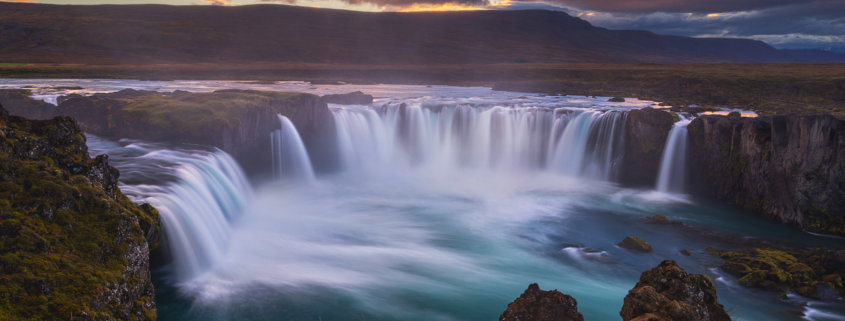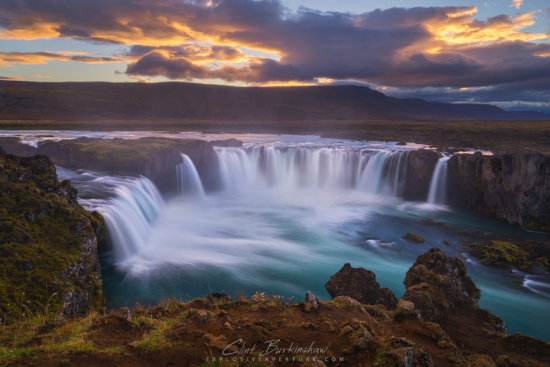Sharpening Images for the Web – Dos and Don’ts
Ever wondered how some photographers manage to get such crisp texture and detail into their photographs that they upload to the web? Well, much of it has to do with the sharpening technique they apply on their image and jpeg web export.
Assuming you’ve already been through a sharpening process as part of your standard post processing workflow, when you export and downsize a high resolution image to a low resolution jpeg for the web, it inevitably loses much of its detail. Therefore, you need to perform a second round of sharpening to bring back as much as possible.
Here’s a few do’s and don’ts that might help when you export your next web jpeg.
Do Sharpen
Water (fast shutter speed only)
This can be a tricky one. It depends on what effect you are going for with your water. In my personal opinion, if you used a fast shutter speed to capture a splash or waterfall in it’s ‘raw-like’ feel, then I’d say sharpen. It’ll bring out it’s character and make it much more punchy.
High textured and detailed areas
Areas of the image that have a high level of texture often benefit most from sharpening. It not only brings out the details and texture, but it goes a long way to making the whole image much more impactful.
Don’t sharpen… or be careful!
Water (long exposure)
Often photographers use a lengthier shutter speed on water to convey a more tranquil or artistic approach to it’s movement. Sharpening this can often leave much of it grainy with noise, as the contrast of longer exposed water is much lower.
Sky
Most of the sky you capture is low in contrast, with little texture. Therefor,e you should be very careful about sharpening it. Either apply a small amount or none at all. Over-sharpening of the sky can result in an increased amount of noise.
High contrast defined edges
High contrast edges often appear towards the backdrop of an image, where the top of the mountains or trees are backed by the sky or clouds (or any other low contrast section of a photo). Sharpening these edges leaves small (but ugly) halos that are very artificial and distracting. When you apply your sharpening at all stages of the process, ensure you mask out these high contrast edges from the process. This particular part also applies to any clarity you decide to introduce into the photo as well.
Photographic bokeh
There is zero reason to sharpen areas of the image which have been intentionally put out of focus by using shallow depth of field. The entire point of bokeh is for a nice lens blur. So whatever you do, do not sharpen it! Be selective and mask in only the subject of your image (that’s intended to be sharp).
Feel free to share your own tips and tricks for image sharpening.






